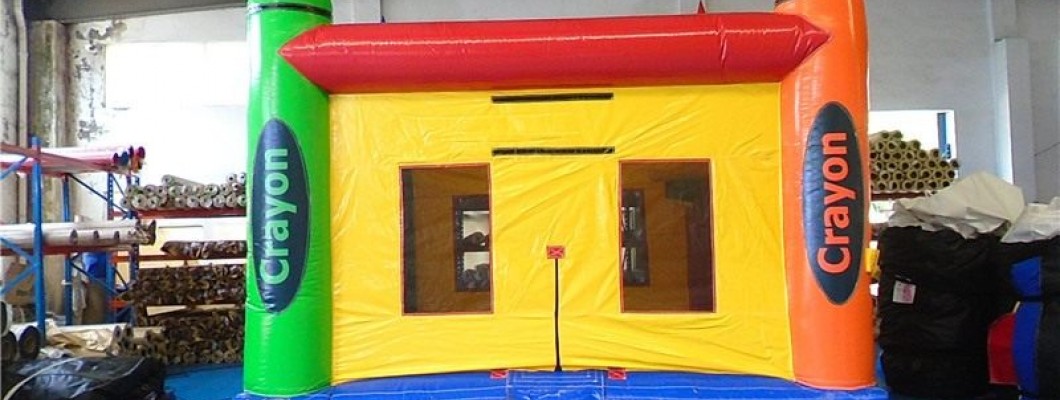
Bounce houses are popular entertainment for kids and families, and choosing the right material is key to ensuring they last longer and provide a safe experience. The materials used in bounce houses must be strong, durable, and able to withstand constant jumping and outdoor exposure. Below, we explore the most durable materials used in the construction of bounce houses.
1. PVC (Polyvinyl Chloride)
PVC is one of the most commonly used materials for commercial bounce houses. It is a heavy-duty plastic that is highly durable, waterproof, and resistant to wear and tear.
- Water-resistant and ideal for outdoor use.
- Strong tensile strength, making it resistant to tears and punctures.
- Easy to clean and maintain.
2. Oxford Cloth
Oxford cloth is a woven fabric, often used in lightweight residential bounce houses. It is durable, flexible, and usually treated with a PVC coating to increase its longevity.
- Lightweight and easy to transport.
- Affordable, making it popular for home-use bounce houses.
- Resistant to stretching and tearing when coated with PVC.
3. Commercial-Grade Vinyl
Vinyl, especially commercial-grade, is one of the most durable materials used in high-end bounce houses. It can handle heavy use at large events and can last for many years with proper care.
- Extremely durable and can withstand heavy use over time.
- Weather-resistant, making it ideal for outdoor setups.
- Low maintenance and easy to repair if punctured.
4. Nylon
Nylon is another material commonly used in the construction of bounce houses, particularly for residential models. It is lightweight and durable, though less resistant to heavy commercial use compared to vinyl.
- Lightweight and easy to fold for storage.
- Offers flexibility and resilience for moderate use.
- Resistant to mildew and other outdoor elements.
5. Reinforced Stitching and Seams
In addition to the primary materials, the durability of a bounce house also depends on the quality of its stitching and seams. Reinforced stitching with multiple layers of thread helps prevent tearing and ensures the bounce house holds up under pressure.
- Prevents air leaks and keeps the bounce house inflated longer.
- Increases the structural integrity of the material.
Conclusion
When choosing a bounce house, it’s important to consider the type of material that fits your needs—whether it’s for home use or large-scale events. PVC, Oxford cloth, commercial-grade vinyl, and nylon are the most durable materials, each offering different benefits based on usage. Proper care and maintenance, along with reinforced stitching, will further extend the life of your bounce house, ensuring years of safe, fun-filled enjoyment.

Leave a Comment